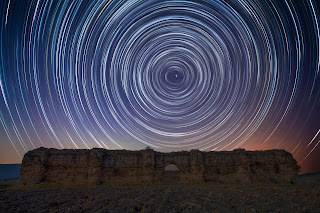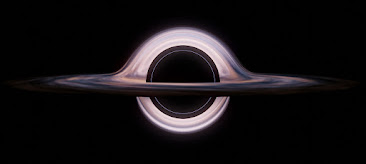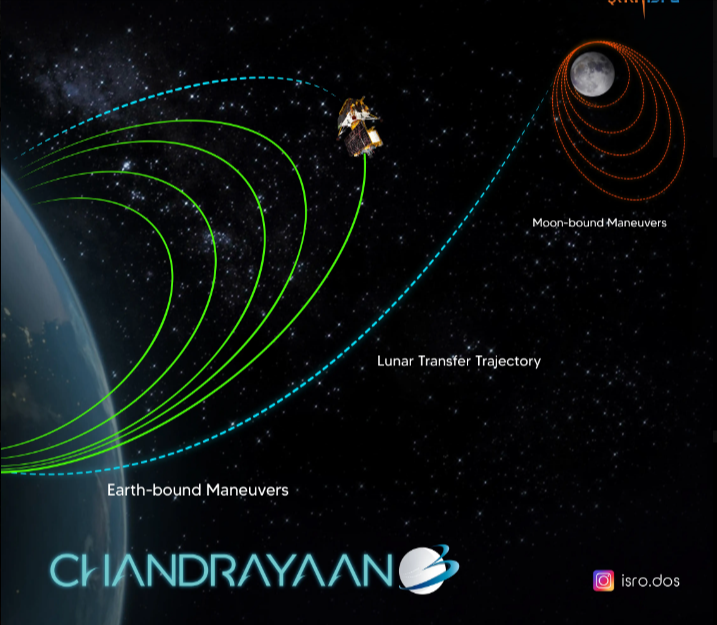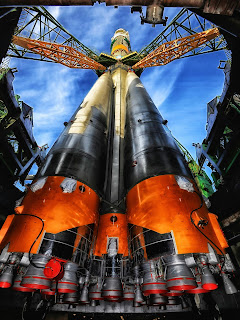Space Junk and Orbital Debris
A Junkyard in the Sky: The Growing Threat of Space Debris and Our Quest for a Sustainable Future
Look up at a star-studded night sky. Those twinkling points of light inspire awe and wonder. But amidst the celestial beauty lurks a hidden danger – a growing junkyard of human-made debris orbiting Earth at breakneck speeds. This space junk, a consequence of our spacefaring endeavors, poses a significant threat to future exploration and the very satellites that power our modern world. Join us as we delve into the critical issue of space debris, its impact on space sustainability, and the ingenious solutions on the horizon.
From Rusty Rockets to Paint Flecks: The Anatomy of Space Junk
Space debris isn't just giant, abandoned spaceships. It's a nightmarish cocktail of defunct satellites, rocket stages, and even tiny flecks of paint that have chipped off spacecraft over time. These seemingly insignificant pieces can travel at orbital velocities exceeding 17,000 miles per hour – fast enough to turn a coffee cup into a catastrophic projectile.
A Collision Course for Disaster: The Impact of Space Junk
The sheer volume of space debris is alarming. Estimates suggest there are millions of pieces larger than a centimeter and hundreds of millions smaller. This creates a dangerous game of cosmic dodgeball, threatening operational spacecraft and critical infrastructure. A collision with even a small piece of debris could cripple a satellite, disrupting communication networks, GPS navigation, and even weather forecasting.
A Domino Effect in the Cosmos: The Chain Reaction of Debris
The problem doesn't stop at a single collision. A cascading effect, known as the Kessler Syndrome, could be triggered. A major collision creates a cloud of new debris fragments, increasing the likelihood of further collisions, creating an exponential growth of space junk, eventually rendering certain orbits unusable.
Cleaning Up the Cosmos: Solutions for a Sustainable Future
The urgency to address space debris is paramount. Here are some promising solutions on the horizon:
- Active Debris Removal (ADR): Imagine spacecraft equipped with robotic arms to capture and deorbit defunct satellites. Several companies are developing ADR technologies, aiming to remove large debris from critical orbits.
- Graveyard Orbits: Directing used rockets towards designated "graveyard orbits" at the end of their missions could prevent them from cluttering up valuable operational zones.
- Safer Design Practices: Building satellites with self-destruct mechanisms or components designed to deorbit naturally can significantly reduce the amount of debris created in the first place.
International Collaboration: A United Front for a Clean Space
Space debris is a global challenge that demands a global solution. International cooperation is crucial to develop and implement effective debris mitigation strategies. Treaties like the Outer Space Treaty lay the groundwork for collaboration, but ongoing dialogue and coordinated efforts are needed to ensure a sustainable future for space exploration.
The Future We Choose: A Legacy of Responsibility
Space exploration holds immense potential, but it comes with a responsibility to protect the very environment that allows us to explore. By tackling the issue of space debris head-on, we can ensure future generations inherit a clean and accessible cosmos. Let's work together to transform the image of space from a junkyard into a pristine canvas for continued exploration and discovery. The legacy we leave behind will determine the future of space exploration, and the choice is ours.










Comments
Post a Comment